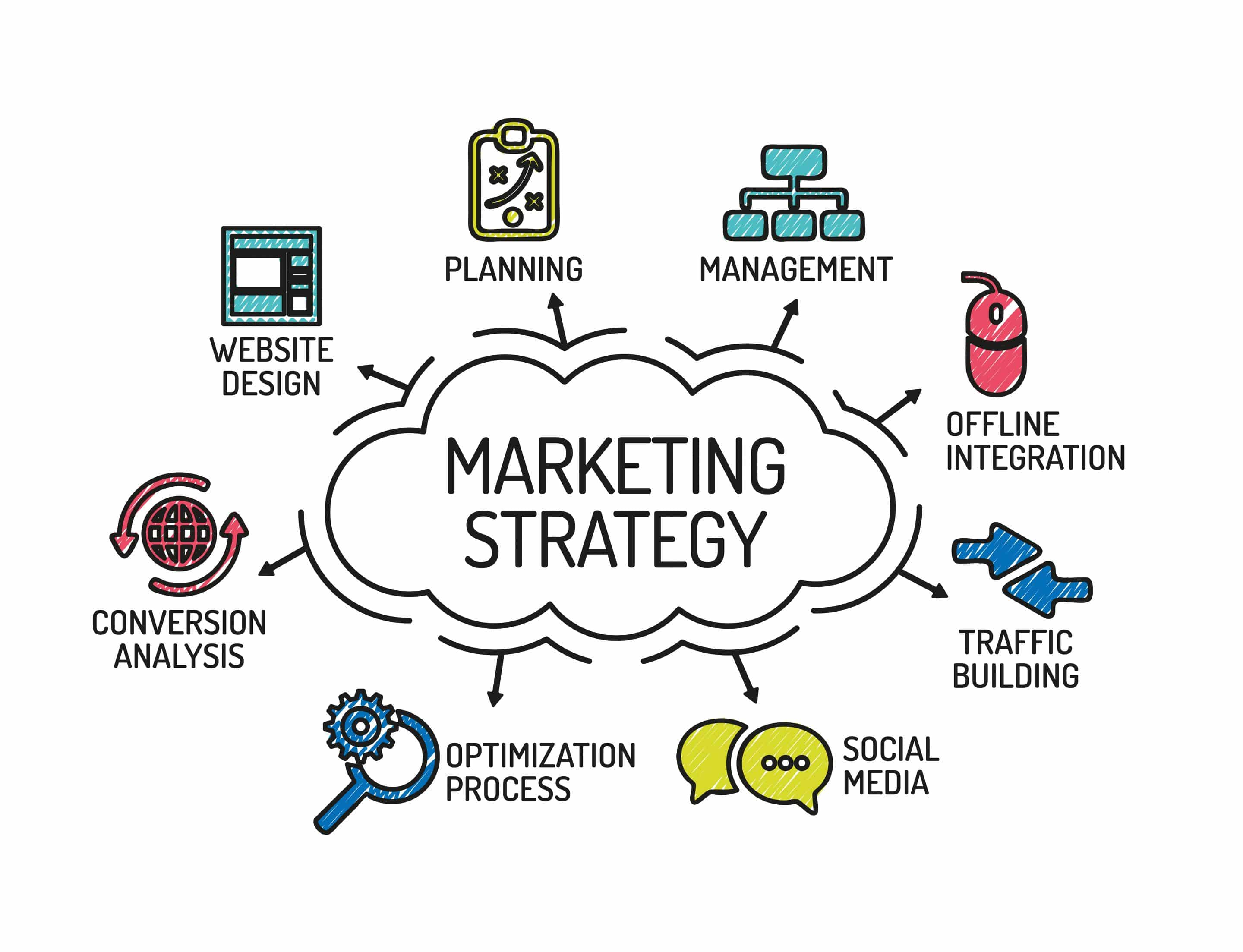Unleashing the Potential of Content Marketing
In the age of digital connectivity, content has emerged as a powerful tool for businesses to engage, educate, and inspire their target audiences. Content marketing has become a cornerstone of modern marketing strategies, enabling brands to build relationships, establish authority, and drive conversions. In this article, we explore the dynamic world of content marketing, unveiling its benefits, strategies, and best practices to help businesses thrive in the competitive online ecosystem.

The Essence of Content Marketing
Content marketing revolves around the creation and distribution of valuable, relevant, and consistent content to attract and retain a target audience. It goes beyond traditional advertising by focusing on delivering useful information, solving problems, and addressing the needs of potential customers.
Building Brand Authority
Content marketing positions businesses as industry thought leaders. By sharing insightful articles, how-to guides, and informative videos, brands can establish themselves as authorities in their field, fostering trust and credibility among …
Continue Reading


